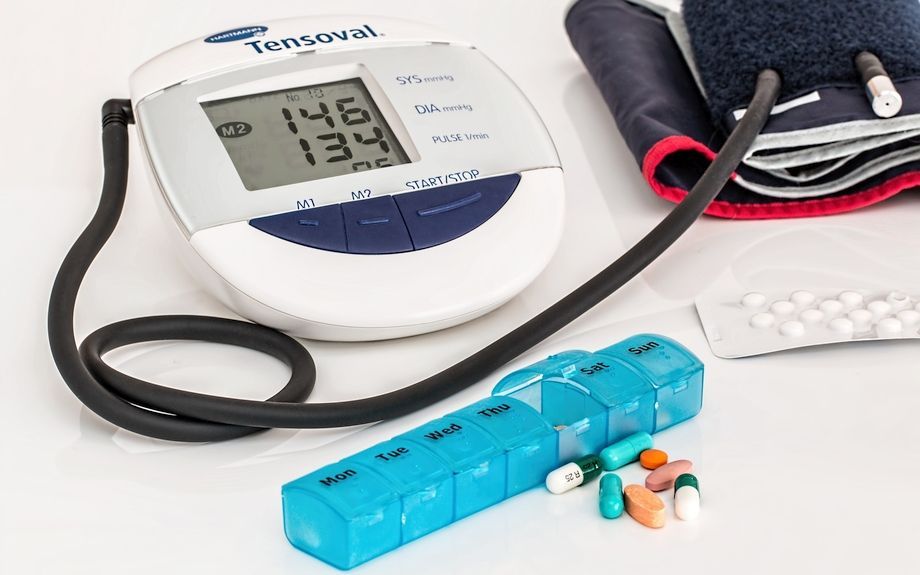Cross Pattern of Pain Development
Identifying the source of chronic pain, and providing the correct therapy, can be a challenge. Sometimes pain sends signals to the brain so you'll quickly stop pushing too far and causing much more serious damage.
The post Cross Pattern of Pain Development appeared first on Hands On Healing.



